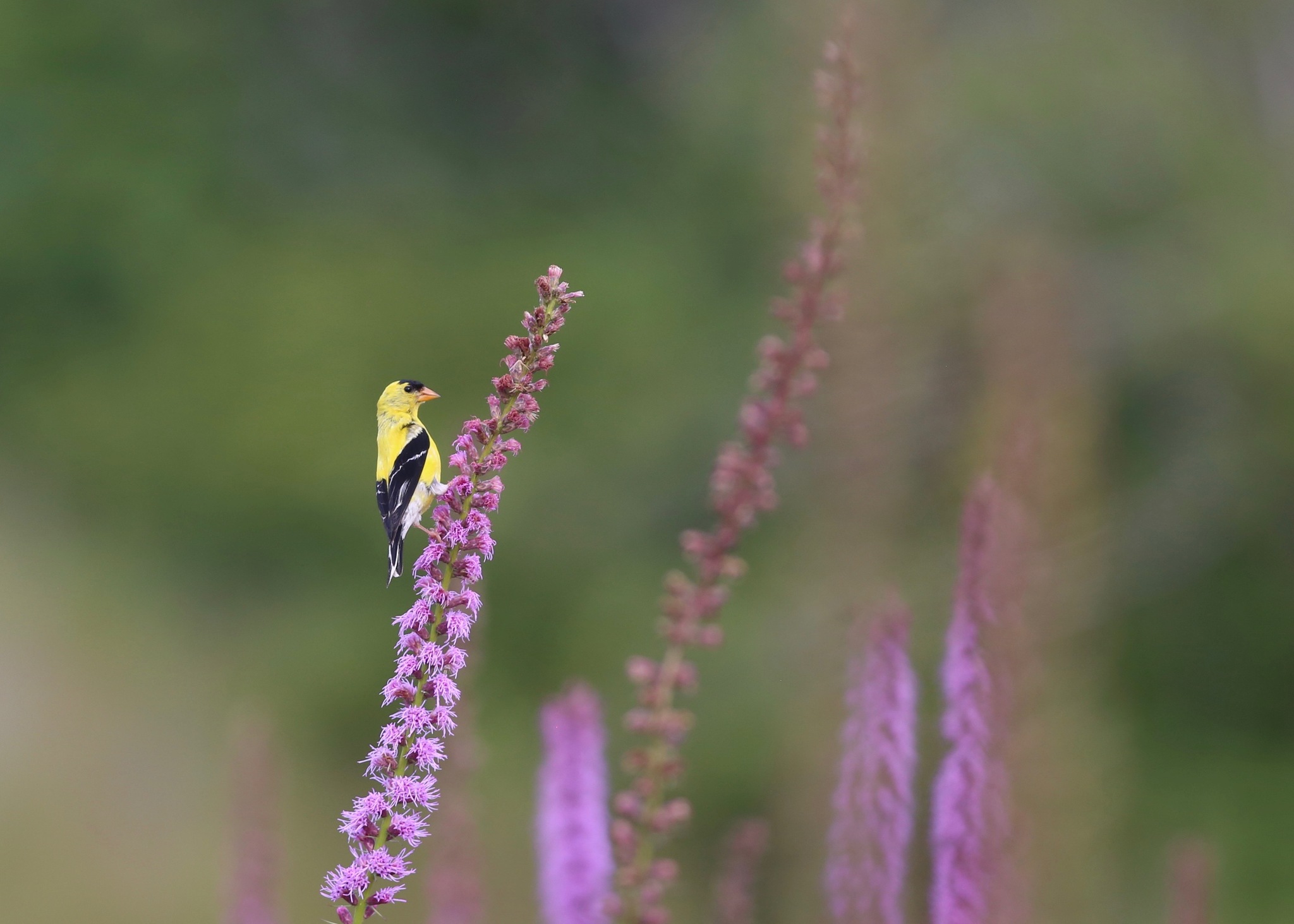The Art of a Year-Round Native Garden
A garden should never be static—it should shift, evolve, and surprise you with beauty in every season. Designing a native plant garden with year-round interest isn’t just about aesthetics; it’s about creating a landscape that thrives naturally, supports wildlife, and requires less maintenance over time.
Too often, people think of gardening in snapshots—spring’s first blooms, summer’s lush abundance. But what about the rich hues of autumn, the sculptural seed heads in winter, the resilience of evergreen natives that keep their form through snow and ice? A well-designed native plant garden doesn’t fade when summer ends; it transforms.
Let’s explore how you can create a native garden that brings joy in every season while benefiting local ecosystems.
Spring: A Burst of Color and Pollinator Activity
Spring is the season of renewal, and your garden should reflect that energy. This is the time for early bloomers, buzzing pollinators, and fresh green growth.
Best Native Plants for Spring Interest:
- Eastern Red Columbine (Aquilegia canadensis) – Delicate red and yellow blooms that attract hummingbirds.
- Virginia Bluebells (Mertensia virginica) – Soft blue, bell-shaped flowers that provide early nectar.
- Wild Phlox (Phlox divaricata) – Fragrant lavender blooms that draw butterflies.
Spring Garden Tips:
- Layer plants at different heights to create a dynamic, naturalistic look.
- Incorporate native shrubs like serviceberry, which flowers in early spring and produces berries for birds.
- Choose plants that offer nectar early in the season to support pollinators just emerging from winter dormancy.
Summer: Lush Growth and Vibrant Blooms
By summer, your garden should be full of life—pollinators buzzing, plants in full bloom, and grasses swaying in the warm breeze. This is also when drought resistance and sustainability become essential.
Best Native Plants for Summer Interest:
- Purple Coneflower (Echinacea purpurea) – A pollinator favorite that thrives in the heat.
- Butterfly Weed (Asclepias tuberosa) – A must-have for monarch butterflies.
- Switchgrass (Panicum virgatum) – A tall, graceful grass that adds movement and texture.
Summer Garden Tips:
- Use drought-tolerant native plants to minimize watering needs.
- Let plants grow naturally—avoid excessive pruning to maintain a wild, biodiverse look.
- Choose plants that bloom in succession so there’s always something flowering.
Fall: Warm Hues and Seed Heads for Wildlife
Autumn brings a rich, golden glow to the landscape, with leaves changing color and seed heads forming. It’s a time to appreciate the beauty of decay—the natural cycles of life that sustain the ecosystem.
Best Native Plants for Fall Interest:
- Goldenrod (Solidago spp.) – Late-season nectar source for bees and butterflies.
- New England Aster (Symphyotrichum novae-angliae) – Vibrant purple flowers that bloom into late fall.
- Sumac (Rhus spp.) – Deep red foliage and berries that provide winter food for birds.
Fall Garden Tips:
- Leave seed heads and dried stems intact—birds rely on them for food.
- Embrace the changing colors and textures rather than cutting plants back too soon.
- Consider adding native trees or shrubs with brilliant fall foliage, like black gum or serviceberry.
Winter: Structure, Texture, and Hidden Life
A garden in winter may seem dormant, but there’s more happening than meets the eye. Beneath the soil, roots are strengthening. Above ground, dried seed heads and grasses provide shelter and food for wildlife.
Best Native Plants for Winter Interest:
- Evergreen natives (like Eastern Red Cedar and American Holly) – Offer year-round greenery and berries for birds.
- Little Bluestem (Schizachyrium scoparium) – Its rust-colored blades stand tall through winter.
- Coneflower and Black-eyed Susan seed heads – A vital food source for finches and other birds.
Winter Garden Tips:
- Leave stems and grasses standing to provide habitat for overwintering insects.
- Consider adding a brush pile or leaving leaf litter for sheltering wildlife.
- Appreciate the quiet beauty of a frost-covered landscape—every season has its own magic.
Tips for Creating a Balanced, Seasonal Garden
- Plan for succession: Choose a mix of early, mid, and late bloomers.
- Incorporate evergreens and structural plants to maintain winter interest.
- Think beyond flowers: Texture, seed heads, and foliage play a big role.
- Embrace imperfection: A true native garden is ever-changing, not rigidly manicured.
A Garden That Grows with You
A well-designed native plant garden isn’t just about creating something pretty—it’s about fostering a space that grows, shifts, and supports life in every season. The joy of gardening with natives is that you’re not just planting for yourself; you’re creating a haven for pollinators, birds, and beneficial insects.
By planning your garden with all four seasons in mind, you ensure that there’s always something happening, always a reason to step outside and observe. It’s a living artwork—one that changes with time, just as we do.
A native plant garden is more than a collection of flowers—it’s a living, breathing testament to the beauty of change. Every season brings its own quiet magic, from the delicate new growth of spring to the golden glow of autumn. As you design your garden, think beyond what looks good today and imagine how it will evolve. Just like nature, just like us, a garden is always growing, always shifting, always adapting. And that’s where the real beauty lies.

